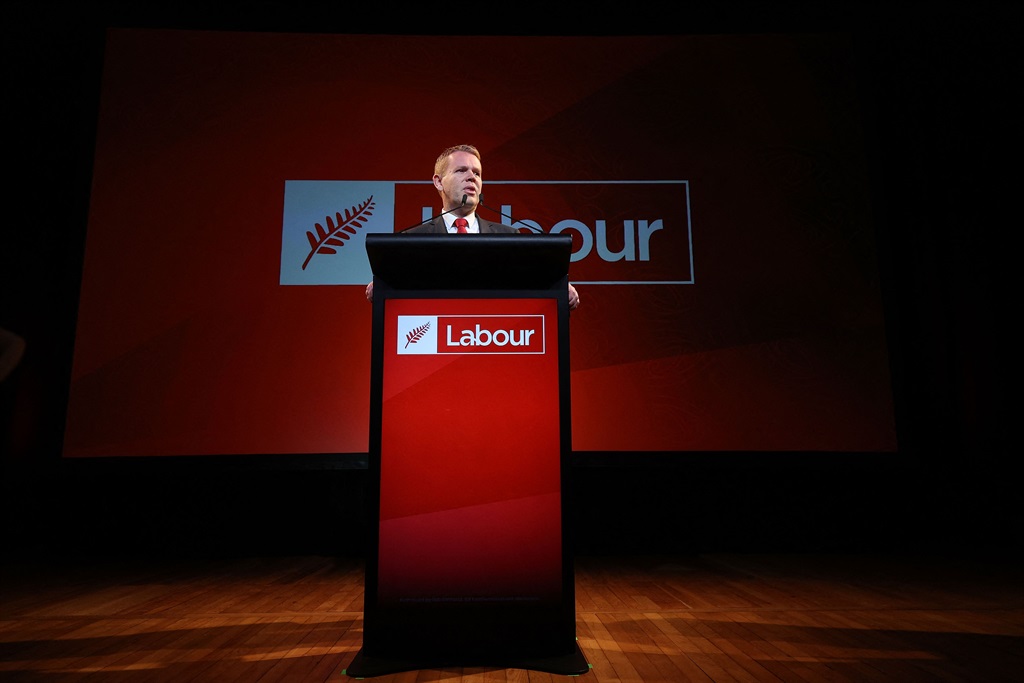New Zealanders resoundingly voted for a change of government on October 14, with incumbent Prime Minister Chris Hipkins conceding his centre-left Labour party’s six years in power were over.
- New Zealand’s National Party
and ACT party are expected to form a new government after the country’s general
election. - This after Labour leader and NZ Prime Minister Chris Hipkins conceded defeat.
- With 40% of the votes, the
National Party is in the lead, while the ACT party has 9%. - The National-ACT majority
may still need support from populist party New Zealand First to form a
government.
New
Zealand’s centre-right National Party led by Christopher Luxon will form a new
government with its preferred coalition party ACT, after Labour leader Chris
Hipkins conceded he could not form a government following the country’s general
election.
The
National Party, now in opposition, had 40% of the votes while the ACT party had
9%, which based on the current tally would give the two parties enough seats to
form a government, according to the Electoral Commission.
Hipkins said:
As the numbers stand, Labour is not in a position to form a government.
He added that he had called Luxon earlier to concede defeat.
Labour
is currently sitting on 26% of the vote.
The
National-ACT majority is slim and still may need support from populist party
New Zealand First to form a government.
There
are normally 120 seats in parliament but because the Te Pati Maori’s four seats
from constituencies exceeded its share of the national popular vote, the
electoral system calls for creating additional proportional seats to even out
representation. This will alter the final seat tally.
Political
commentator and former National staffer Ben Thomas said the result for the core
centre-right bloc was much stronger than polls were showing in the last few
weeks of the campaign.
He said:
The overwhelming driver was dissatisfaction with the government.
Under
former leader Jacinda Ardern, Labour in 2020 became the first party to capture
an outright majority since New Zealand switched to a mixed-member proportional
system in 1996.
But
Labour has since lost support, with many New Zealanders dissatisfied over the
country’s long Covid-19 lockdown and the rising cost of living.
Prime
Minister Chris Hipkins has tried to re-engage with those voters, focusing on
what he termed “bread-and-butter issues”, but was unable to gain
traction in the polls.
National
has campaigned on providing relief for struggling middle-income New Zealanders,
bringing historically high inflation under control, and reducing the country’s
debt.
The
provisional count of votes is expected to be completed later this evening but the
official vote count, which includes overseas and special votes, is not due
until Nov. 3.
Special
votes have historically made slight changes to the election outcome, adding
seats for the left and taking them away from the right-leaning bloc.
Labour’s
losses were significant, with some high-profile members of the party looking
likely to lose their seats. Nanaia Mahuta, the foreign minister, was losing in
her constituency with 83% of the vote counted.

